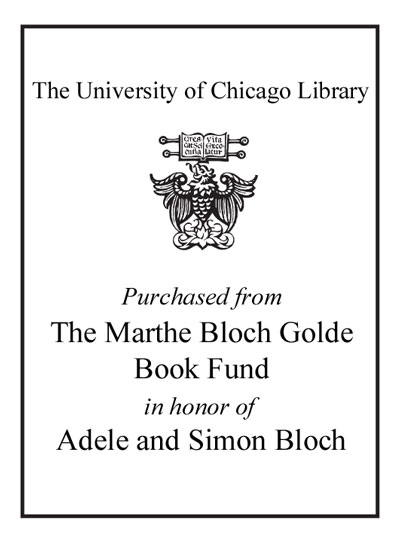Review by Booklist Review
To generate this riveting book, New York Times journalist Riordan has completed more than her share of homework. The subject? The nine female body parts that have been enhanced and transformed by inventions, whether it's lipstick or the Victorian hoop crinoline skirt. Actual patent illustrations and old-time ads accompany the explanations; a few of the more than 100 patents for lipstick shapes and dispensers, for example, trace the evolution of the painted mouth. The actual facts, too, are fascinating--from the author's note that the Greek goddess Hera was the first documented wearer of the push-up bra to the unfortunately widespread use of X rays to remove hair during the early 1900s. No doubt, beauty is more than skin deep here; there's enough intrigue on every page to capture any reader's attention. Or as queen Helena Rubenstein explained, There are no ugly women, only lazy ones. --Barbara Jacobs Copyright 2004 Booklist
From Booklist, Copyright (c) American Library Association. Used with permission.
Review by Publisher's Weekly Review
New York Times technology columnist Riordan's collection of the fascinating stories behind such innovations as the bra and swivel lipstick is neither a feminist polemic against the beauty industry nor a frivolous celebration of it. While Riordan analyzes the cultural meanings of various Western feminine beauty ideals, such as hairless underarms and long, shiny nails, she devotes her most energetic descriptions to the often amusing and sometimes horrifying tales of beauty industry entrepreneurs, chemists and industrialists who experimented wildly, and at times disastrously, with such materials as vulcanized rubber, nitrocellulose and even radiation. Beginning with the eyes and ending with the "derriere" (in an informative account of the bustle), Riordan delights in the engineering feats and happy accidents that spurred the evolution of some of the humblest objects in our bathroom cabinets. Among other tales, she recounts how hydrogenated cottonseed oil revolutionized the eyebrow pencil, how the nail polish industry borrowed from the automobile industry and how Hazel Bishop invented a kiss-proof formula for lipstick but found her product eclipsed by Revlon's shrewd advertising campaign. Riordan's meticulous research delves into an age before federal health regulations, uncovering such nasties as the phenol face peel, which required the face to be painted with three coats of carbolic acid. The combination of Riordan's brilliant style, which perfectly captures the pathos and comedy of the subject, and her relish for the minutiae of technological history makes this an irresistible and sometimes macabre treat for anyone curious about the history of everyday life. Agent, Kris Dahl for ICM. (On sale Oct. 5) (c) Copyright PWxyz, LLC. All rights reserved
(c) Copyright PWxyz, LLC. All rights reserved
Review by Library Journal Review
From mascara to electric wrinkle rollers to horsehair bustles and cage crinolines, journalist Riordan (patent columnist for the New York Times) surveys the multitude of inventions aimed at making American women beautiful from the mid-19th to mid-20th century. In the process, she reflects on the convergence of technology, society, and business that shaped fashion and motivated inventors. Women, she suggests, used beauty products and fashion as both a social leveler and a means of reinventing themselves in response to the male penchant for novelty. Beauty and fashion were thus a means of power over Man and Nature rather than tools of oppression foisted on women by men. However, this is less social theory than a lighthearted story of inventions and inventors, enhanced by numerous illustrations from the U.S. Patent Office. While the book is mainly for a general audience, the depth of primary research and extensive bibliography also make it a useful starting point for student papers. Thus, it is appropriate for public and undergraduate library collections as well. Linda V. Carlisle, Southern Illinois Univ. Lib., Edwardsville (c) Copyright 2010. Library Journals LLC, a wholly owned subsidiary of Media Source, Inc. No redistribution permitted.
(c) Copyright Library Journals LLC, a wholly owned subsidiary of Media Source, Inc. No redistribution permitted.
Review by Booklist Review
Review by Publisher's Weekly Review
Review by Library Journal Review

